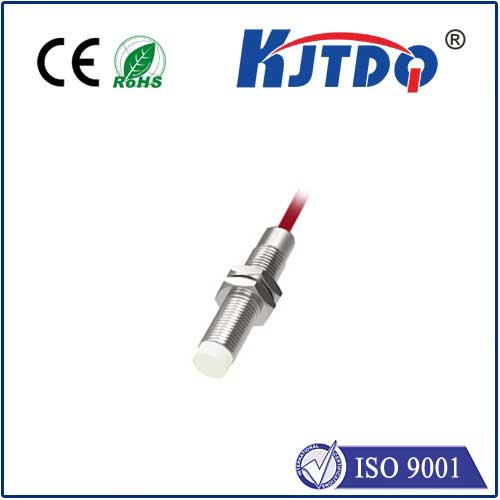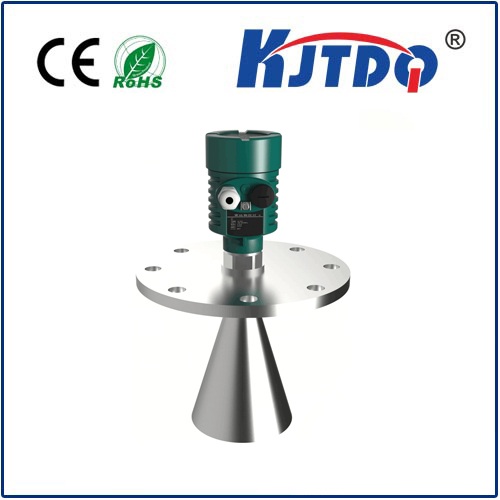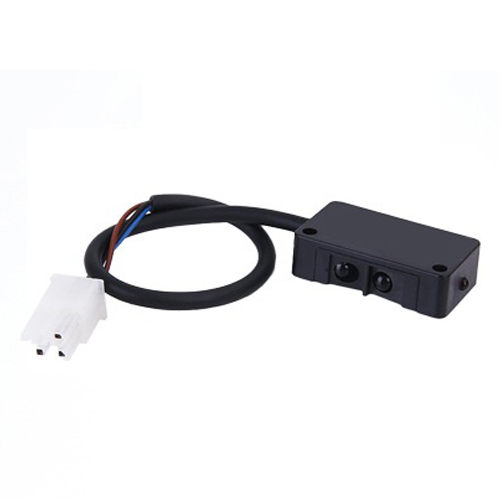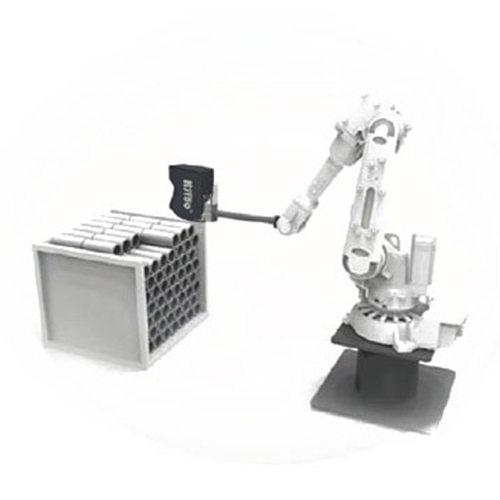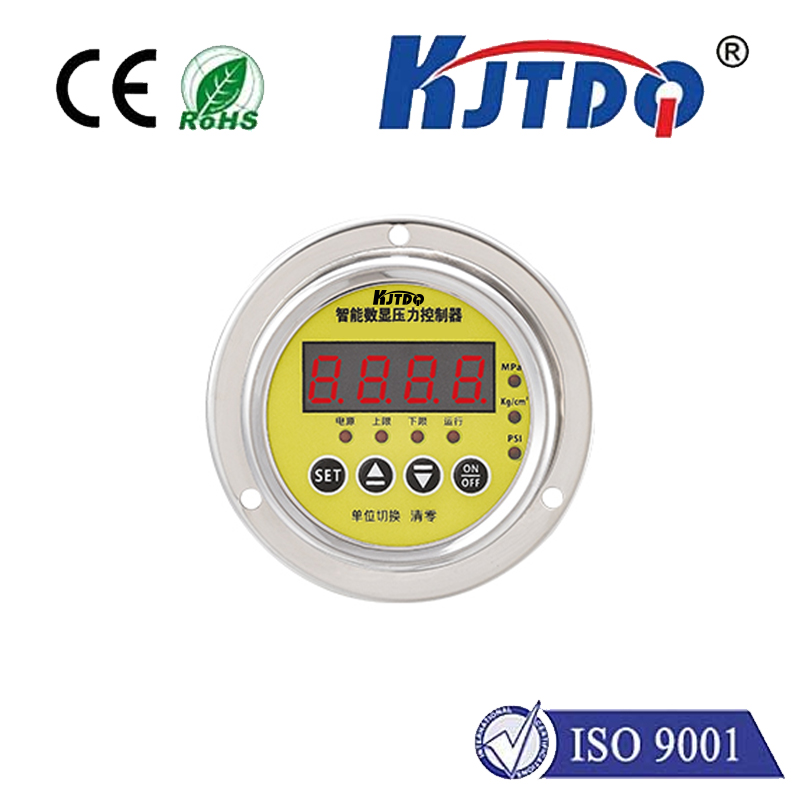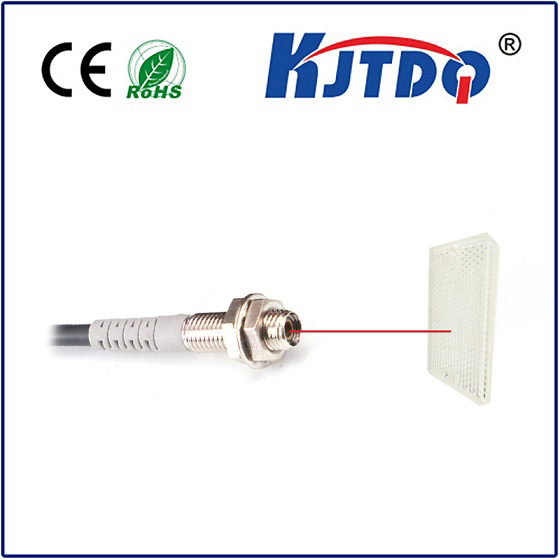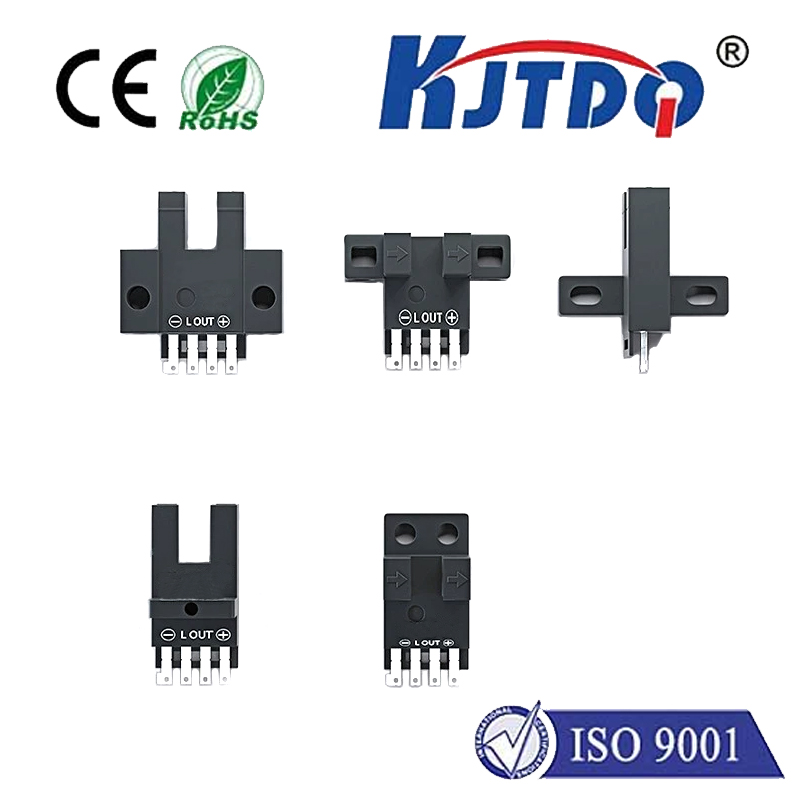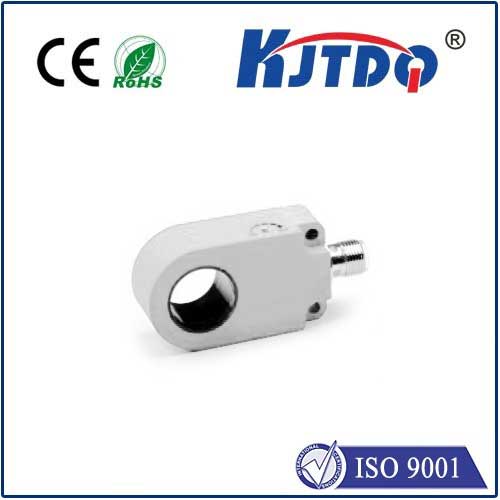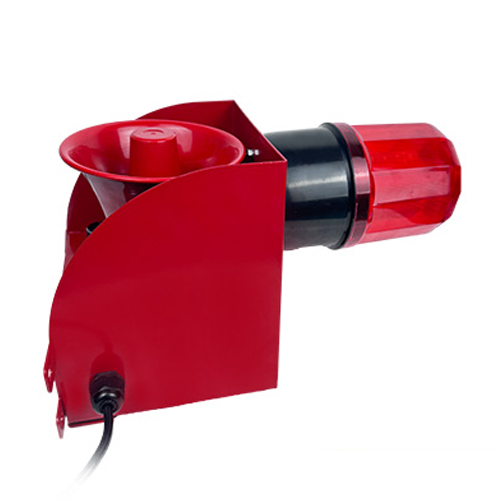electric temperature gauge
- time:2025-08-20 04:31:12
- Click:0
Beyond the Needle: Understanding Your Electric Temperature Gauge
That ominous flicker. A creeping needle edging dangerously into the red zone on your dashboard. For any driver, an abnormal temperature gauge reading triggers immediate concern. While the classic mechanical gauge served its purpose, the modern electric temperature gauge is the unsung technological sentinel silently guarding your engine’s health. This sophisticated piece of electronics delivers far more than just a simple reading; it provides a vital, real-time window into one of your vehicle’s most critical parameters.
Replacing Guesswork with Precision: How Electric Gauges Work
Unlike older mechanical gauges that relied on the physical expansion of fluid in a capillary tube reacting to heat, the electric temperature gauge operates on a principle of electrical resistance. It’s a seamless interplay of three key components working in concert:
- The Temperature Sensor: Strategically placed (most commonly immersed in the engine coolant flow within the cylinder head or intake manifold), this sensor is the frontline reporter. Typically a thermistor, its electrical resistance changes predictably in response to temperature fluctuations. As the engine coolant temperature rises, the thermistor’s resistance usually decreases.
- The Wiring Harness: This network of wires acts as the communication highway, carrying the minute electrical signals reflecting the sensor’s resistance back to the vehicle’s brain.
- The Gauge Itself: Mounted prominently on the dashboard, this is the user interface. It receives the varying voltage signal from the sensor (often processed and stabilized by the vehicle’s ECU). Inside the gauge, a sophisticated mechanism, often a bimetallic strip heated by a coil whose current varies with the signal, or a modern stepper motor, precisely moves the needle across the calibrated scale. Some modern vehicles replace the analog needle with a digital display, but the underlying principle remains electrical signal interpretation.
Why Electric Reigns Supreme: Key Advantages

The shift from mechanical to electrical temperature measurement wasn’t arbitrary; it brought significant improvements:
- Unmatched Accuracy & Real-Time Response: Electric systems react far faster to temperature changes. They eliminate the lag inherent in mechanical systems where fluid had to physically expand and travel through a long capillary tube to move the needle. This means you see critical temperature spikes instantly.
- Enhanced Reliability and Durability: By eliminating the fragile, long capillary tube prone to kinking, air bubbles, or rupture, electric gauges are inherently more robust. Sensor failure is usually more predictable and diagnosable than capillary tube issues.
- Design Flexibility & Integration: Wiring is easier to route through complex vehicle architectures than rigid tubes. This allows for more flexible gauge placement and cleaner dashboard design. Crucially, the electrical signal integrates effortlessly with the vehicle’s Engine Control Unit (ECU), enabling critical functions like activating cooling fans, adjusting fuel mixture, or triggering warning lights based on precise temperature data.
- Remote Sensor Placement: The sensor only needs wires connecting it to the gauge or ECU, not a physical tube. This allows placement in locations impractical for mechanical gauges, potentially monitoring temperatures beyond just coolant (e.g., transmission fluid, oil, exhaust gas).
- Customization Potential: For enthusiasts, aftermarket electric temperature gauges offer a vast array of styles (digital, analog, different colors/sizes) and the ability to monitor temperatures at specific points of interest within the engine bay or drivetrain, simply by installing the appropriate sensor and running wires.
The Critical Role: Monitoring Engine Coolant Temperature
While adaptable, the primary and most critical function of the standard dashboard electric temperature gauge is monitoring the engine coolant temperature. Maintaining the correct operating temperature range is paramount for:
- Optimal Combustion: Engines are designed to run efficiently within a specific temperature window. Too cold leads to poor fuel vaporization and increased wear; too hot risks catastrophic damage like overheating, warped heads, or blown head gaskets.
- Lubrication Efficiency: Oil viscosity changes with temperature. Proper operating temperature ensures oil flows correctly to lubricate vital components.
- Emissions Control: Catalytic converters operate efficiently within a defined temperature range. Maintaining correct engine temperature is crucial for meeting emissions standards. Your electric temperature gauge is the primary tool for ensuring the cooling system (radiator, water pump, thermostat, fans) is functioning correctly to maintain this delicate thermal balance.
Installation and Considerations (Primarily for Aftermarket)
While factory-installed systems are fully integrated, installing an aftermarket electric temperature gauge requires careful consideration:
- Sensor Selection & Placement: Choosing the right type of sensor (NTC thermistor is standard) and correctly installing its probe (e.g., in a coolant hose adapter, oil pan, cylinder head port) is critical for accurate readings. Location drastically affects the reading you get.
- Adapters & Fittings: Proper adapters are needed to integrate the sensor into the fluid system being monitored without leaks.
- Wiring & Power: Clean, secure connections are vital for signal integrity. The gauge needs a reliable power source (often switched ignition) and a good ground. Routing wires safely away from heat, moving parts, and potential abrasion points is essential.
- Calibration: Some high-end gauges offer calibration features to ensure utmost accuracy against a known reference.
Beyond the Dashboard: Diverse Applications
The core technology of the electric temperature gauge extends far beyond just your car’s engine coolant:
- Industrial Process Control: Monitoring temperatures in manufacturing, chemical processing, and power generation.
- HVAC Systems: Regulating building heating and cooling efficiently.
- Home Appliances: Ovens, refrigerators, water heaters rely on precise temperature sensing and control.
- Scientific & Laboratory Equipment: Where precise temperature measurement is non-negotiable.
The Vital Sign Monitor You Can’t Ignore
Your vehicle’s electric temperature gauge is far more than a simple dial; it’s a sophisticated monitoring system delivering crucially accurate, real-time data about your engine’s thermal state. Its speed, reliability, and integration capabilities make it vastly superior to its mechanical predecessor. Understanding how it works – the sensor detecting changes, the signal traveling via wires, the gauge translating it into a visible warning – underscores its importance. That needle or digital readout isn’t just showing a number; it’s giving you a direct insight into one of the most vital signs of your vehicle’s health. Paying close attention to it is one of the simplest yet most effective ways to prevent expensive and potentially dangerous engine damage. Keeping an eye on those electric whispers of heat is fundamental to ensuring smooth, reliable performance mile after mile.












